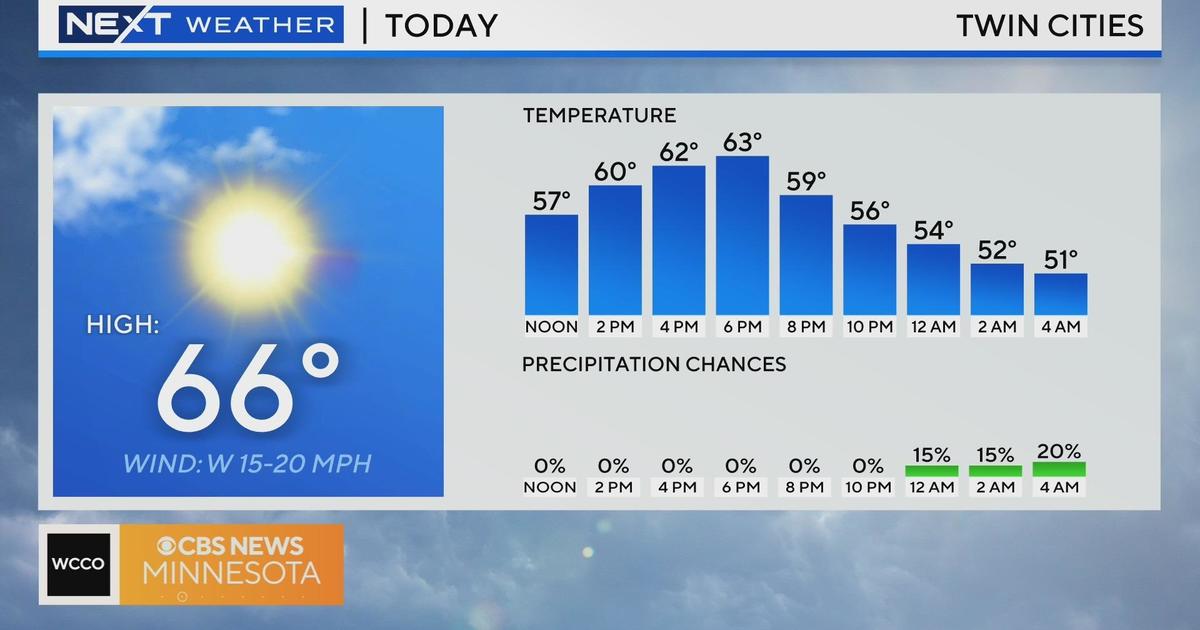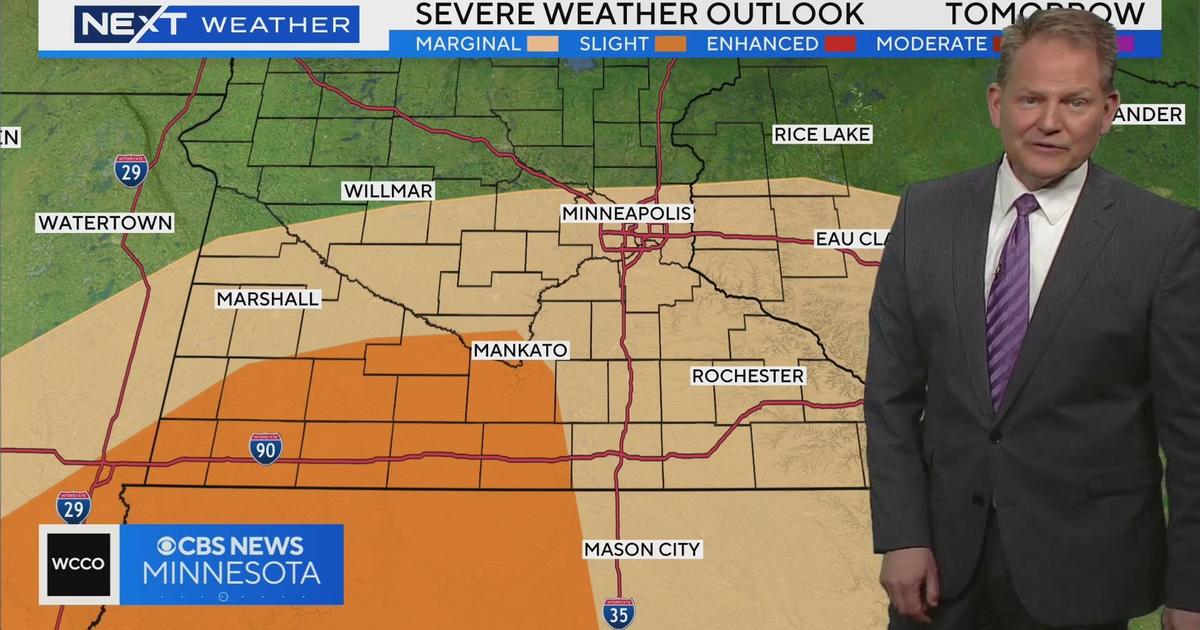El Niño is coming back — and could last the rest of the year
El Niño is making its comeback – and making itself at home. National forecasters said on Thursday that the climate pattern system, known for bringing record rainfall in South America, more winter storms in the U.S West and South, and droughts in southern Asia, Indonesia and Australia, is expected to make its official return within a few months and has a strong chance of lasting the rest of the year.
El Niño is a climate pattern that naturally occurs every two to seven years when ocean surface temperatures warm in the eastern Pacific.
And according to the National Oceanic and Atmospheric Administration, it will likely come to fruition again this year, sometime between May and July. This year's event could be "potentially significant," forecasters said, due to a "westerly wind event" expected in mid to late May, as well as "above average" heat in the ocean.
There's an 80% chance the event will at least be moderate and about a 55% this year's El Niño will be "strong," NOAA said. There's also a 90% chance that El Niño will stay in the northern hemisphere throughout the winter.
The update comes just a month after the agency's Climate Prediction Center issued a watch for the event, saying at the time that there was a 62% chance the system would develop.
The tropics will feel the effects of El Niño the most, but the entire world will feel its impacts. If it's strong, it can shift the Pacific jet stream, which in turn affects U.S. temperature and precipitation. California, which saw a deluge of brutal and deadly back-to-back atmospheric rivers earlier this year dumped significant rainfall across the state, could experience more winter storms because of the event, as could states in the south.
In South America, Peru, Chile and Ecuador are also known to experience record rainfall during El Niño years. And on the other side of the world, Australia, Indonesia and southern Asia will likely experience severe droughts.
But that's not all.
One of the biggest fuels of El Niño is warmer ocean waters, which can spur hurricanes in the Pacific, NOAA says, while also driving marine species to other areas in search of colder waters. Data from NOAA shows that since about mid-March – well before the beginning of El Niño – daily sea surface temperatures have already hit record numbers, well above temperatures seen in 2016, around the time a "Godzilla" El Niño was unleashed. Monthly average ocean surface temperatures also surpassed what was seen this time in 2016 and 2022, the data shows.
Ocean heat has only been intensifying. In January, researchers said that the seas warmed an amount equal to the energy of five atomic bombs detonating underwater "every second for 24 hours a day for the entire year." Ocean temperatures last year, researchers said, were "the hottest ever recorded by humans," increasing by an amount of heat 100 times more than all the electricity generated globally in 2021.




